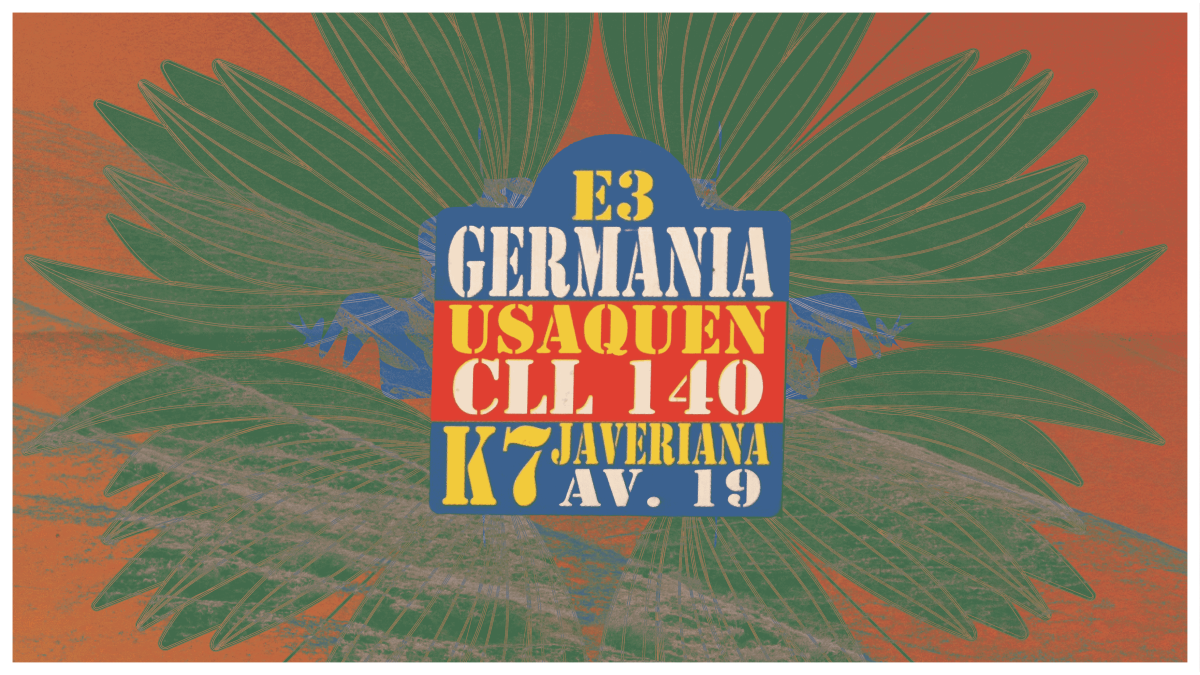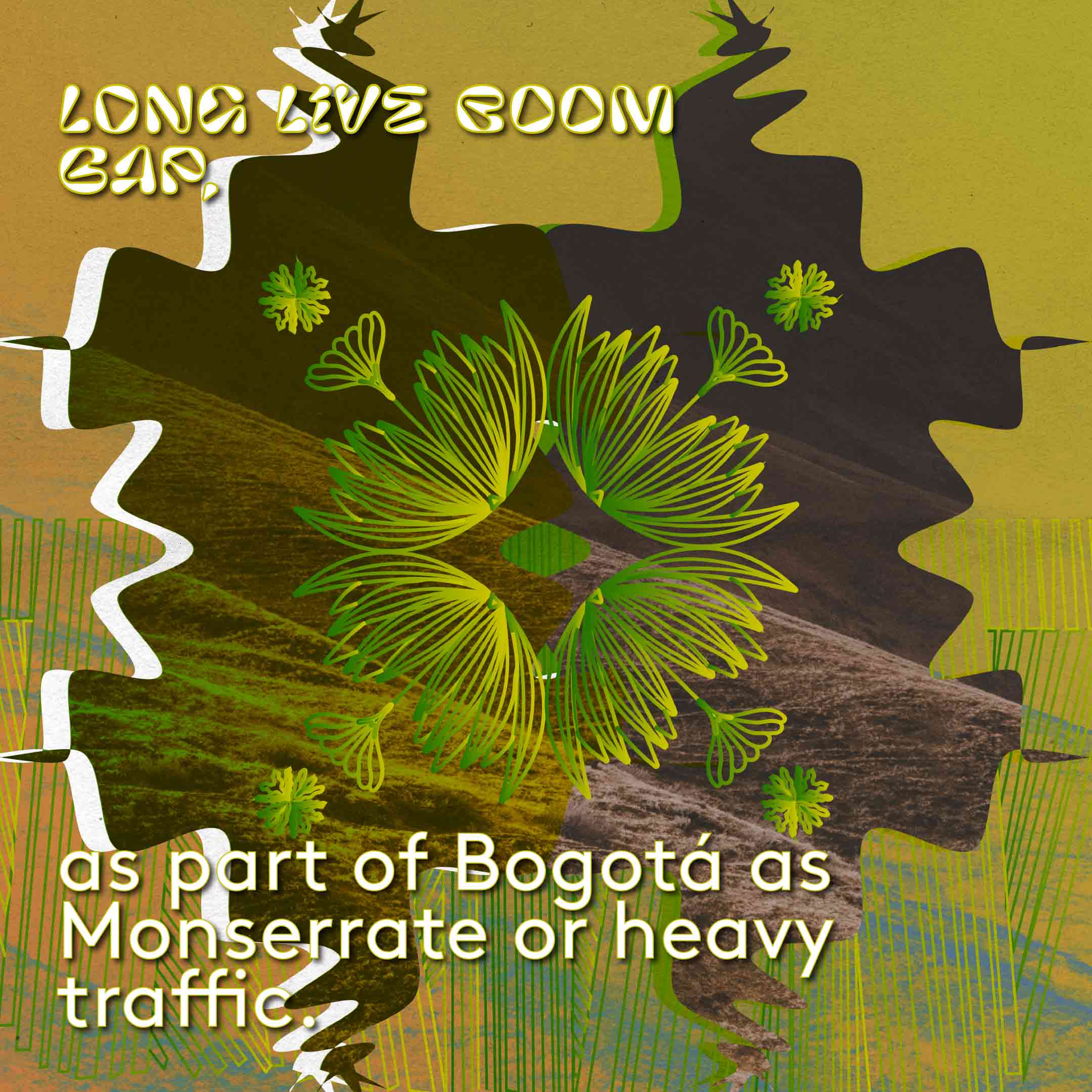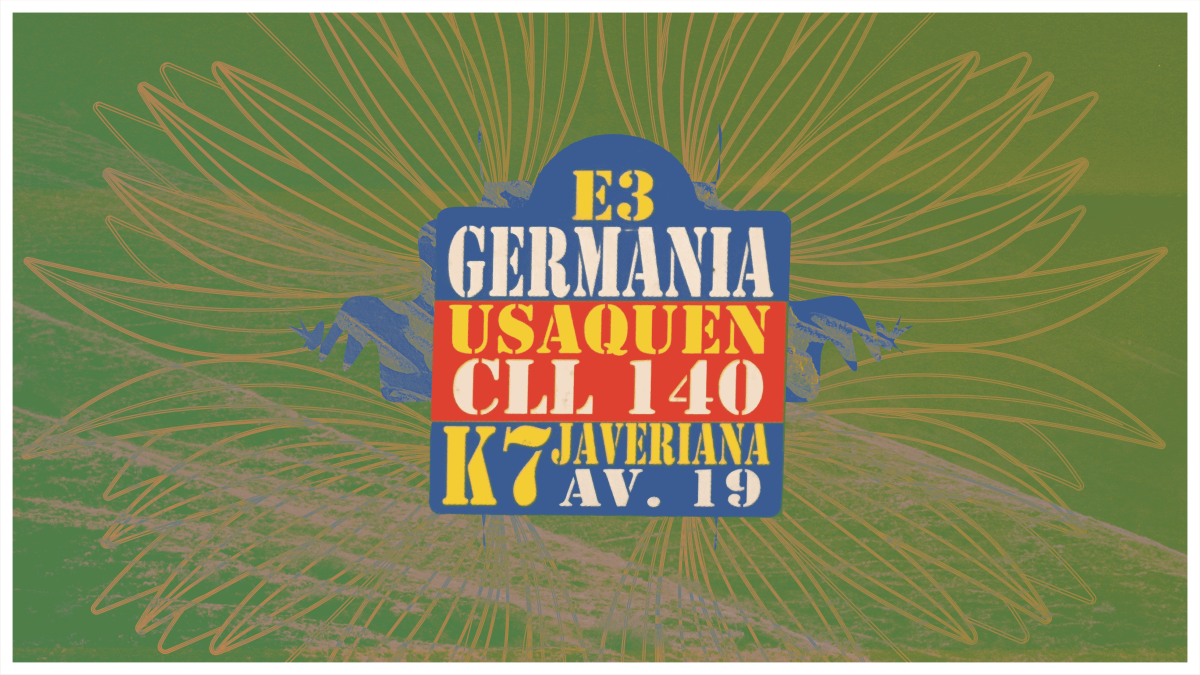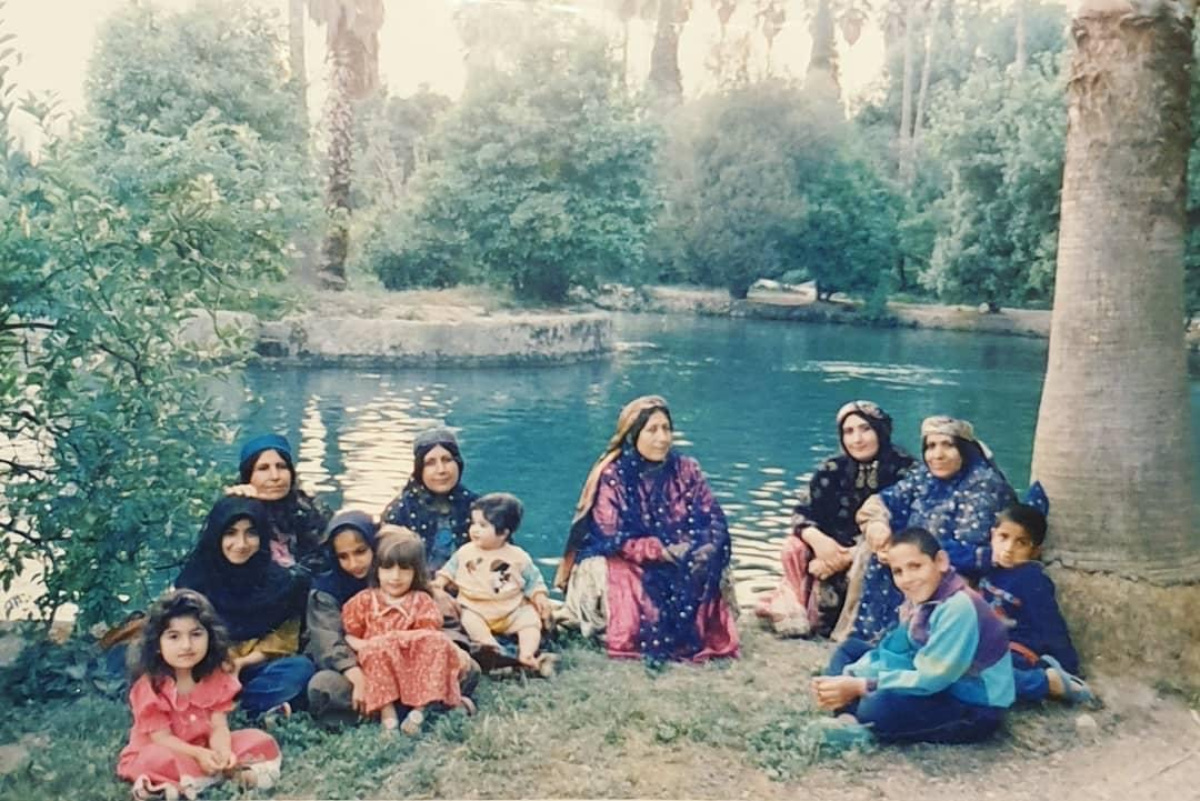
Beyond Boom Bap
Santiago Cembrano traces the development of hip hop in the rainy mountains of Bogotá, Colombia. He explores how the genre is growing past the classicist tradition to make room for other rap subgenres that mirror a diverse city that, as its music, never stops moving. This article analyzes the boom bap paradigm that has reigned in Bogotá since the mid-1990s, and highlights the main artists that are injecting oxygen into the bloodline of local hip hop.
encuentre una versión en español de este texto aquí
From the speaker of a teenager pedaling towards the hills; on a bus of tired people that becomes a stage for a freestyle session; inside a trendy bar–in all of these ways you can listen to rap the same as in a big concert, during a morning workout in the park, or on a house party’s playlist. In 2024, Bogotá is a city with a fragmented soundtrack that includes, among others, techno, cumbia, and punk. Since the mid-1990s, however, that soundtrack sounds more and more like rap.
Back then, New York – thick Avirex jackets, Timberland boots, jazz samples, and deep rhymes – was the epicenter of hip hop. Bogotá adopted its cold sound, named after the onomatopoeia of the knock of the kick drum (boom), followed by the sharp cut of the snare (bap). One example is «La Bolsa», a song included in La Etnnia’s1 third album, Criminología (1999). As icy and dirty as the city, it narrates police violence on the margins of Bogotá. It sounds like rain, altitude, and murderous looks.
Make It Rain Like It’s Bogotá: Tradition and Evolution
Hailing from Bogotá, El Sonido de Javier, Diana Avella, Ali Aka Mind, and Jam Block Jr have forged their paths within boom bap during the 21st century. These artists and so many others have painted rich portraits that mirror the city’s ebbs and flows, and have cemented boom bap as the main paradigm of Bogotá’s rap. This was part of a bigger process that took place in the 1990s: all around the world, from Germany to Venezuela, boom bap was established as the main face of hip hop, with New York’s holy scriptures as the main source. What was new in the boom bap development worldwide was not the sound itself, but the stories that were told through it that bonded different neighborhoods as one.
And yet, this century, as boom bap deepened its chokehold on Bogotá, it lost its dominance to Atlanta’s trap, and London’s drill. The latter, actually, has conquered the New York streets as well as the mainstream and has risen as the new sound of the city. Meanwhile, New Jersey’s Jersey club looks like the next big thing. Thus, even on the East Coast, as Biggie said, «things done changed». That’s great–change is what keeps hip hop alive. So what happened in Bogotá as hip hop opened up in the rest of the world?
A Better Tomorrow: New Directions in Bogotá’s Hip Hop
Boom bap arrived as a trend, but it stopped being that many years ago. By now, East Coast classicism is part of Bogotá’s musical DNA. Even more, boom bap is synonymous with keeping it real and not selling out. But the oxygen that will keep Bogotá’s hip hop alive in the future lies in diversity, the same that characterizes this multicultural city.
Since the beginning of this century, there have been possibilities for change and movement, some of them underestimated because they didn’t fit tradition. In 2005, Jiggy Drama and Benny Bajo incorporated cues from Southern rap in their album Undergroove, while HazloPablito and Angel Dumile built the bases for Bogotá’s trap during the last seven years. What’s more: if we consider only 2023, the melting pot of PERRO ROMANTICO, by Rap Bang Club and the afrobeats inflections in «Chévere» by Ruzto – who in the mid-2000s founded Aerophon, a Bogotá’s boom bap institution – broadened Bogotá’s rap. Even Bogotá’s finest N. Hardem, a rapper’s rapper, brings some new flavors in his new record Mal de Altura, as Penyair, El Muisca, El Kalvo, inDiazo, and Pocket Tincho have done recently.
By the way: maybe it is not a coincidence that the women dominating the hip hop landscape in the U.S. and U.K. are mainly doing it outside of hip hop. In Bogotá, for women like Delfina Dib, Kei Linch, and Lee Eye, boom bap has been just one of many sonic possibilities. Breaking this doctrine perhaps is a step towards breaking bigger things, and challenging other boundaries.
I’m thirty years old. I remember when hip hop was frowned upon in Bogotá by the mainstream audiences: it was not seen as proper music, it was not in the same realm as, for example, rock. Slowly but surely, boom bap, and boom bap heads, took it to the top. Long live boom bap, as much a part of Bogotá as Monserrate or heavy traffic. And now that we are here, and our culture is fifty years old, we must remember that it remains young because of its never-ending journey. If I was reluctant at first, now I understand that a new generation setting itself apart from old times with new jams is the most hip hop thing there is.
Playlist «Boom Bap Bogotano»
- 1. Founding group of Colombian rap.
This essay is part of the virtual exhibition «Norient City Sounds: Bogotá», curated and edited by Luisa Uribe.
Biography
Santiago Cembrano (Bogotá, 1994) is an anthropologist, writer, and editor. Since 2015, he has written, researched, and talked about hip hop in Colombia and the world. His work has been published by media outlets such as El Tiempo, El Malpensante, Vice, Cartel Urbano, and Shock. He is the author of La Época del Rap de Acá (2019), Normas Rappa (2020), and 6 PM en La Latina (2022). Follow him on Medium or Instagram.
Published on August 22, 2024
Last updated on January 15, 2025
Topics
Special
Snap


